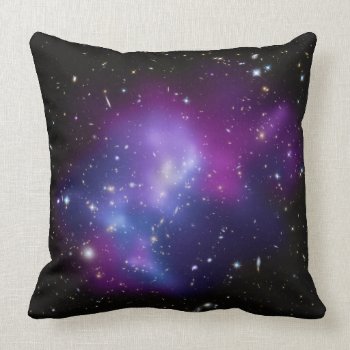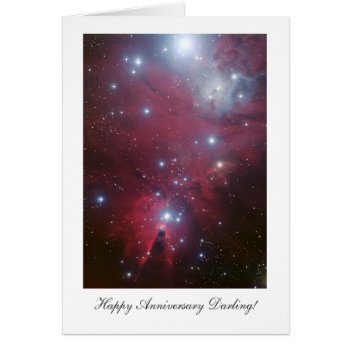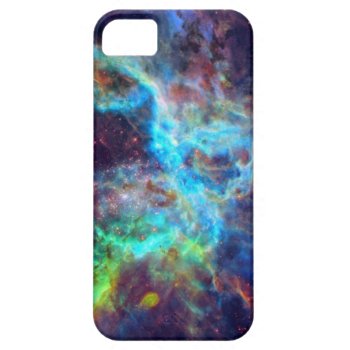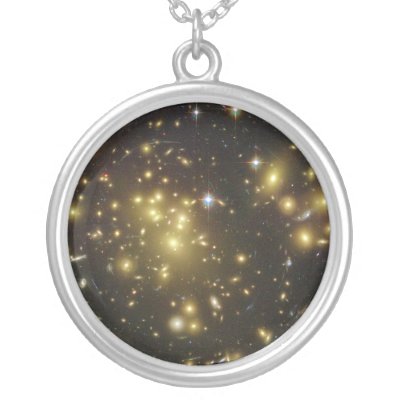This galaxy was first descovered by Johann Elert Bode in 1774 and is one of the easiest to see by amateur astronomers because of it's unususal brightness in the night sky. Recent obervations have determined that M81 may contain very little dark matter compared to most galaxies. Photo courtesy NASA.
Continue reading
Tag Archives: galaxies
Galaxy Cluster MACS J0717 Postage
Galaxy Cluster MACS J0717 thanks to NASA and Hubble program.
Continue reading
Galaxy Universe Posters
THANKS to HD Wallpapers for giving me permission to use their AWESOME designs!!! They have 100% Pure High Definition (HD) & Quality desktop wallpapers for your normal,HD (720p & 1080p) & widescreen monitor resolutions for FREE!. SUPER selection too, you have to check them out for sure :)) http://www.hdwallpapers.in/
Continue reading
Purple Galaxy Cluster American MoJo Pillows
Galaxy Cluster MACS J0717 thanks to NASA and Hubble program.
Continue reading
Christmas Tree Cluster – Happy Anniversay Darling Card
Galaxies, Stars and Nebulae seriesA fantastic greetings card showing a colour image of the region known as NGC 2264 – an area of sky that includes the sparkling blue baubles of the Christmas Tree star cluster and the Cone Nebula.It was created from data taken through four different filters (B, V, R and H-alpha) with the Wide Field Imager at ESO's La Silla Observatory, 2400 m high in the Atacama Desert of Chile in the foothills of the Andes.The image shows a region of space about 30 light-years across.All items with this imageAll items in the Galaxies, Stars and Nebulae seriesImage code: xmastrclstESO/J. Emerson/VISTA www.eso.orgReproduced under the Creative Commons Attribution 3.0 Unported license.
Continue reading
Galaxy / Nebula iPhone 5 case
Outer space for your iPhone 4/4s
Continue reading
HUBBLE 2013 Deep Space Calendar
Beautiful high resolution photographs by The Hubble Space Telescope reveal a stunning and wonderous view of the universe! Some of the most spectacular Hubble photos in this new calendar include: Galaxy Cluster MACS J0025.4-1222, Carina Nebula Star-Birth Selection , Spiral Galaxy M74 and much more! HUBBLE 2013 Deep Space Calendar design by Richard Anderson. JANUARY: Nebula NGC 2818 FEBUARY: Galaxy Cluster MACS J0025.4-1222 MARCH: Starburst Galaxy M82 APRIL: Star Cluster NGC 2074 MAY: Carina Nebula Star-Birth Selection JUNE: The Orion Nebula JULY: Star Cluster NGC 3603 AUGUST: Barred Spiral Galaxy NGC 1672 SEPTEMBER: Spiral Galaxy M74 OCTOBER: Whirlpool Galaxy M51 NOVEMBER: Star Factory in Carina Nebula DECEMBER: Spiral Galaxy NGC 4414 HUBBLE 2013 Deep Space Calendar. Photographs courtesy NASA. Calendar design by Richard Anderson.
Continue reading
Trifid Nebula, Messier 16 – Pillars of Creation Business Card
Galaxies, Stars and Nebulae seriesA fantastic business card template showing the massive star factory known as the Trifid Nebula.It was captured in all its glory with the Wide-Field Imager camera attached to the MPG/ESO 2.2-metre telescope at ESO’s La Silla Observatory in northern Chile.So named for the dark dust bands that trisect its glowing heart, the Trifid Nebula is a rare combination of three nebulae types that reveal the fury of freshly formed stars and point to more star birth in the future. The field of view of the image is approximately 13 x 17 arcminutes.It's an awe-inspiring, breathtaking image that reveals some of the wonder that is our universe.All items with this imageAll items in the Galaxies, Stars and Nebulae seriesImage code: trfdnblESO/J. Emerson/VISTA www.eso.orgReproduced under the Creative Commons Attribution 3.0 Unported license.
Continue reading
Galaxy Cluster Abell 1689 in Constellation Virgo Jewelry
Turbulent Star-Birth Region Selection Print

In commemoration of NASA's Hubble Space Telescope completing its 100,000th orbit in its 18th year of exploration and discovery, scientists at the Space Telescope Science Institute in Baltimore, Md., have aimed Hubble to take a snapshot of a dazzling region of celestial birth and renewal. Hubble peered into a small portion of the nebula near the star cluster NGC 2074 (upper, left). The region is a firestorm of raw stellar creation, perhaps triggered by a nearby supernova explosion. It lies about 170,000 light-years away near the Tarantula nebula, one of the most active star-forming regions in our Local Group of galaxies. The three-dimensional-looking image reveals dramatic ridges and valleys of dust, serpent-head "pillars of creation," and gaseous filaments glowing fiercely under torrential ultraviolet radiation. The region is on the edge of a dark molecular cloud that is an incubator for the birth of new stars. The high-energy radiation blazing out from clusters of hot young stars already born in NGC 2074 is sculpting the wall of the nebula by slowly eroding it away. Another young cluster may be hidden beneath a circle of brilliant blue gas at center, bottom. In this approximately 100-light-year-wide fantasy-like landscape, dark towers of dust rise above a glowing wall of gases on the surface of the molecular cloud. The seahorse-shaped pillar at lower, right is approximately 20 light-years long, roughly four times the distance between our Sun and the nearest star, Alpha Centauri. The region is in the Large Magellanic Cloud (LMC), a satellite of our Milky Way galaxy. It is a fascinating laboratory for observing star-formation regions and their evolution. Dwarf galaxies like the LMC are considered to be the primitive building blocks of larger galaxies. This representative color image was taken on August 10, 2008, with Hubble's Wide Field Planetary Camera 2. Red shows emission from sulfur atoms, green from glowing hydrogen, and blue from glowing oxygen. Source: NASA









